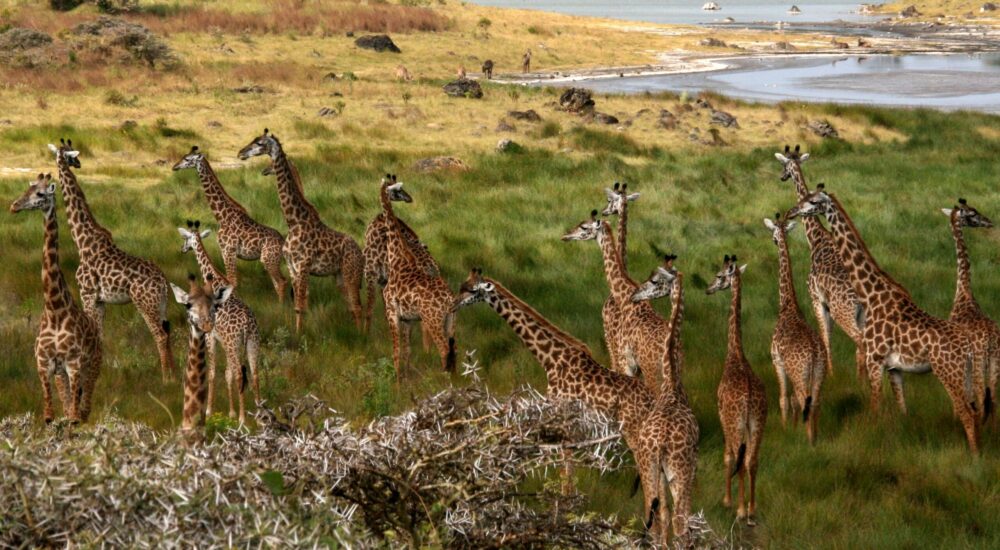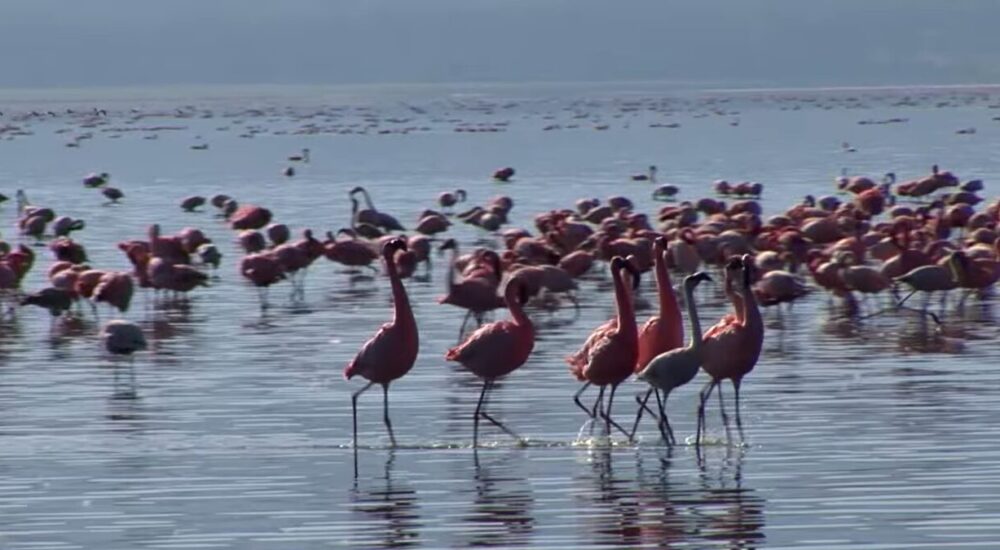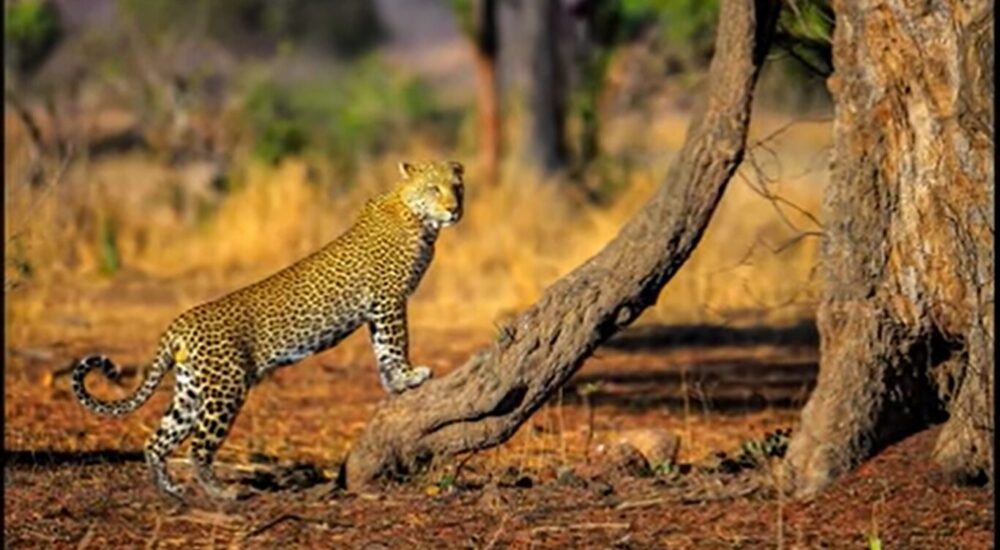East Africa is a dream destination for wildlife enthusiasts and nature lovers worldwide. Home to…
How to get to Kabwoya wildlife reserve
How to get to Kabwoya wildlife reserve.
Directions from Murchison Falls to Kabwoya Wildlife Reserve via Ground. Passing through the Lake Albert Escarpment, the 150-kilometer road between Murchison Falls National Park and Kabwoya Wildlife Reserve is one of the most picturesque routes to drive in northwestern Uganda. Depending on the state of the roads, this journey might take two or three hours.
Proceeding from the Kibale Forest National Park via drive.
To reach Murchison Falls National Park via Kibale Forest National Park via Kagadi-Hoima, one may use a 200 kilometer route that starts at Fort Portal.If you’re using a 4WD, the journey might take about 5 or 6 hours.
Leaving Kampala by road
The quickest and most direct route to the wildlife reserve is the 240-kilometer (around 4-hour) asphalt road that runs from Kampala to Hoima via Busunju-Kiboga.
The wildlife reserve of Kabwoya
Situated over an area of 87 square miles, the wildlife reserve is a hidden jewel nestled inside the Albertine Rift Valley on the western side, between the stunning Blue Mountains of the Congo and Lake Albert. Distant savannah plains border Lake Albert, and sightseers may take in breathtaking panoramas of the lake and the majestic Blue Mountains of the DRC. It wasn’t until 2002 that this area officially became a nature reserve; it had been gazetted in 1980.
Kabwoya wildlife sanctuary is steeped in history.
The Kabwoya Wildlife Reserve was gazetted in the 1960s. Previously, it had served as a controlled hunting ground and was home to a wide variety of wildlife. However, the reserve was eventually overrun by poachers, and the remaining wildlife was driven out of the area when it became a grazing ground for cattle herders.
![]()
The Reserve is becoming a wildlife paradise as more animals are being introduced or translocated there. Primates like baboons, colobus monkeys (both black and white), chimpanzees, and vervet monkeys, as well as antelopes like Uganda kos, waterbucks, bushbucks, bush duikers, impalas, and Jackson’s hartebeests, as well as hippos in Lake Albert, are all likely to be encountered. The Kabwoya Wildlife Reserve is home to more than 460 different bird species. This Reserve is a veritable paradise on Earth, including not only a plethora of animal and avian species but also stunning natural beauty.
460 bird species, including endemics to the Albertine Rift, have been reported in this reserve, making it a significant birding hotspot. It is home to a wide variety of birds, including the bare-faced go-away bird, the pied kingfisher, the gray heron, the gray crowned cranes, the yellow-billed oxpeckers, and many more.
Wildlife species in Kabwoya wildlife reserve. Among the various animals found in Kabwoya Wildlife are a large number of Sitatunga, buffalo, defasa waterbuck, mongoose, bush bucks, and Uganda kobs.
Airbnb options in the Kabwoya Wildlife Reserve.
The safari resort in Lake Albert.
Camping sites and fully-furnished grass-thatched cottages with breathtaking views of Lake Albert and the majestic blue mountains of the Democratic Republic of the Congo are situated in an ideal and picturesque setting halfway between Murchison Falls and Kibale Forest National Park.
Lodge at Kikonko
Perched on the edge of the Albertine Rift, with a view of Lake Albert in the distance, is Kikonko Lodge. You can count on breathtaking views of the Blue Mountains in the Democratic Republic of the Congo and Lake Albert. As the sun goes down, our visitors will be mesmerized by the dazzling display of lights created by the local fisherman as they dance over Lake Albert. Safaris in Rwanda and Uganda are available via Monumental Expeditions and Safaris.


